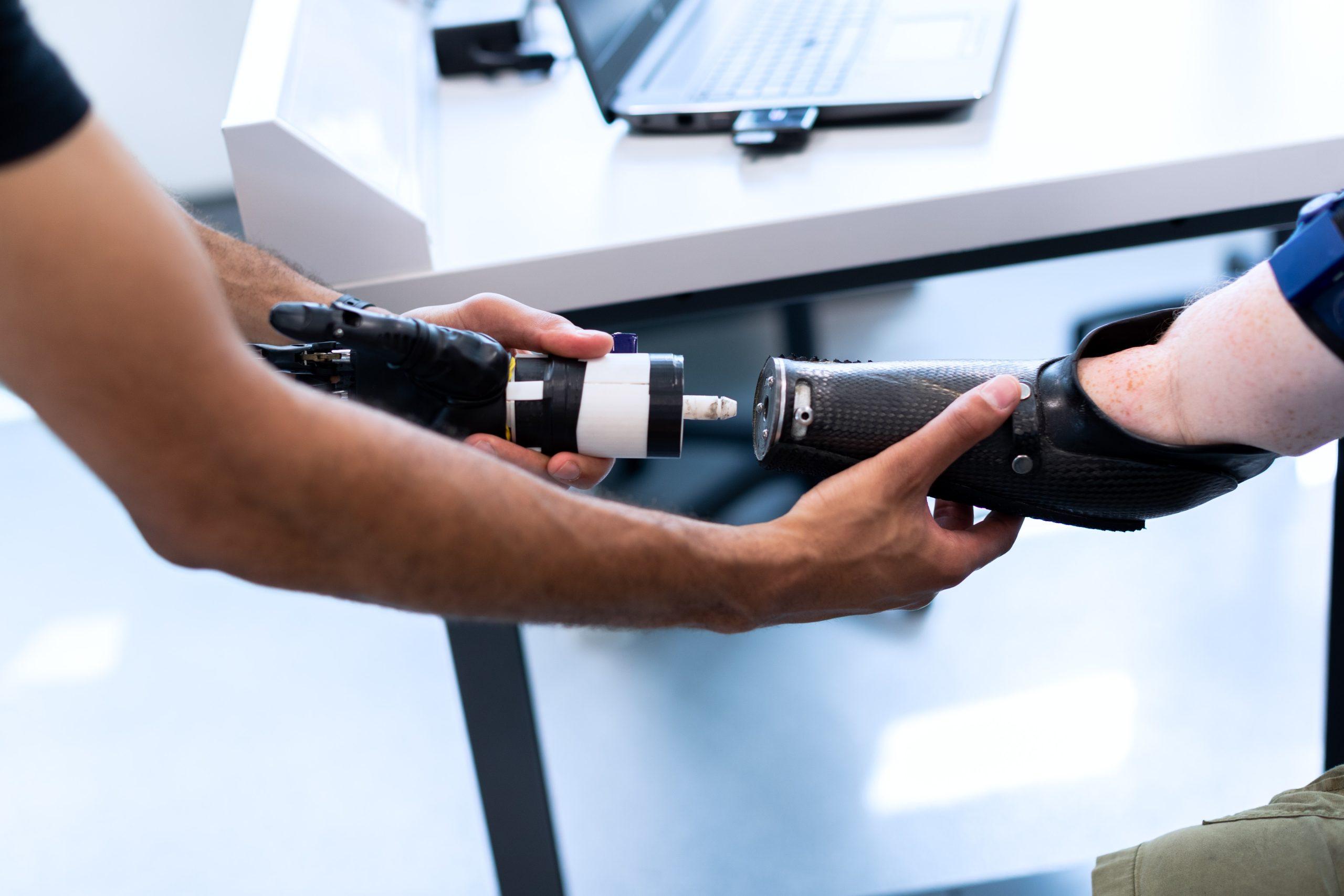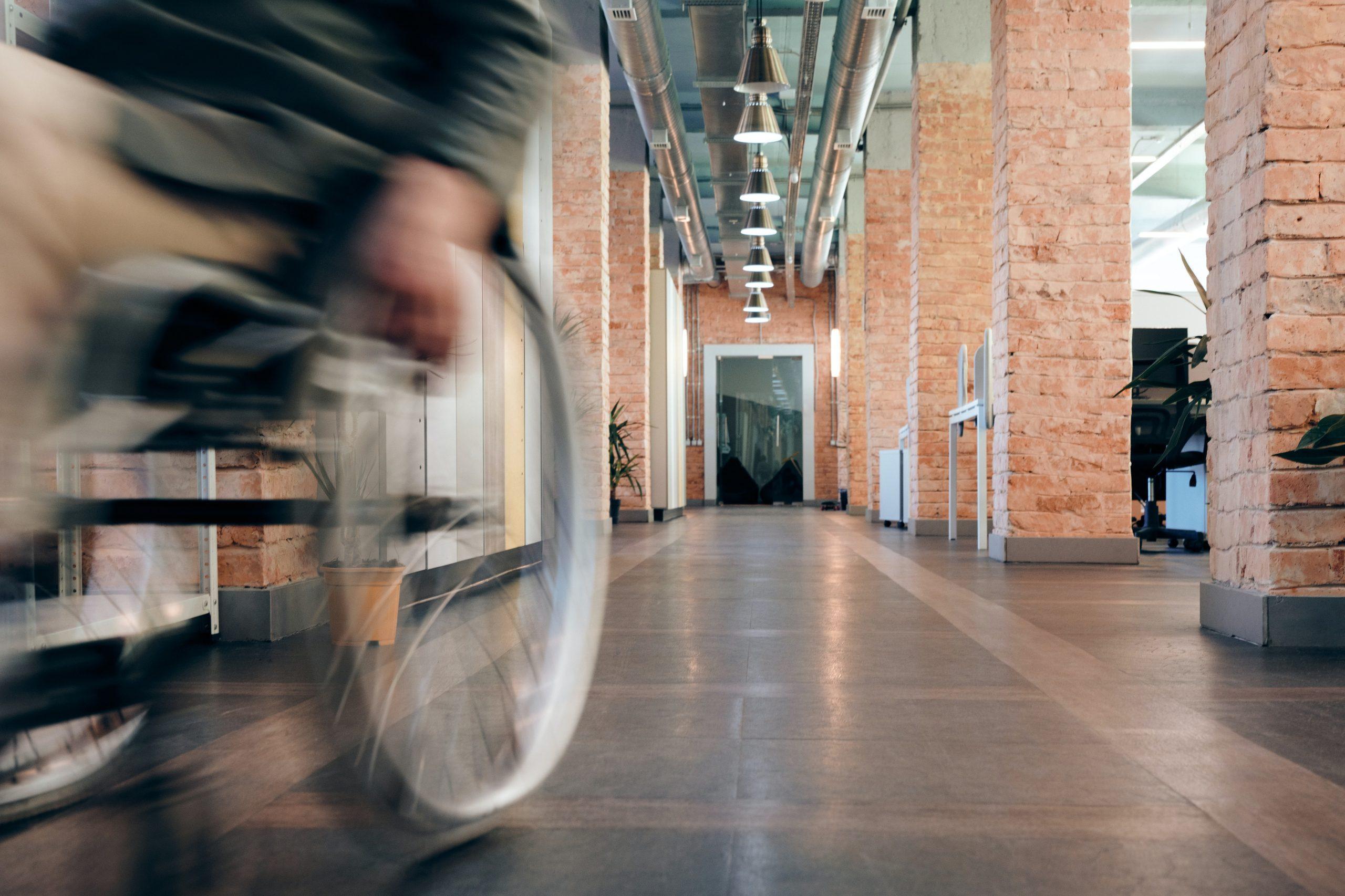Understanding NDIS Assistive Technology: What It Is and How It Can Help
Are you or a loved one living with a disability? If so, you may have heard about the National Disability Insurance Scheme (NDIS) and the support it offers to Australians with disability. One of the key areas of support available through the NDIS is assistive technology.
In this article, we’ll take a closer look at NDIS assistive technology, what it is, and how it can help people with disability to live more independently and achieve their goals.
What is NDIS Assistive Technology?
Assistive technology refers to any device or system that helps people with disability to perform tasks that they might not otherwise be able to do. This can include simple items like walking sticks and grab rails, or more complex equipment like power wheelchairs and communication devices.
NDIS assistive technology refers specifically to assistive technology that is funded by the NDIS. This can include funding for the purchase or rental of equipment, as well as funding for assessments and training to help people to use the technology effectively.
How Can NDIS Assistive Technology Help?
Assistive technology can be life-changing for people with disability, allowing them to do things that might have previously been impossible. For example, a person with limited mobility might be able to use a power wheelchair to get around their home and community more easily, while a person with communication difficulties might be able to use a speech generating device to express themselves more effectively.
NDIS assistive technology can help people with disability to achieve their goals in a variety of areas, including:
- Mobility: power wheelchairs, mobility scooters, and other devices can help people to move around more easily and independently.
- Communication: speech generating devices, communication apps, and other tools can help people to communicate more effectively with others.
- Daily living: items like hoists, shower chairs, and other equipment can help people with personal care tasks, cooking, cleaning, and other activities of daily living.
- Work and education: assistive technology can help people to access education and employment opportunities by removing barriers and increasing independence.
Assistive Technology in our SDA Homes
Here at Ozability Homes, we ensure that all of our homes have assistive technology, such as height adjustable benches in the kitchen, to help make living independently possible for people with disability or complex needs.
All of our Improved Liveability, Fully Accessible and Hight Physical Support SDA properties have the ability to have assistive technology connected instantly should you need additional or specific assistive technology. To make this possible, we have electrical and data cable provisions installed just in case you should want or need it. We also have a professional team from Sydney ICT who can source and install assistive technology products.
How to Apply for Assistive Technology Through the NDIS
For your assistive technology to be funded through the NDIS, it must relate to your disability. It can either help you with different activities that you can’t currently do, make it less tiring for you to do things, or alleviate your reliance with others.
There are a few ways to get assistive technology covered in your NDIS plan. Whether you already have a plan or not, you will need to identify the assistive technology you require and provide evidence to help the NDIS understand why.
Depending on the cost level of the assistive technology, you’ll need to provide different information.
Low-cost assistive technology
Low-cost is anything that costs less than $1500 and is easy to set up and use. This could include non-slip bathmats, walking sticks, continence products or large print labels. All you’ll need to do is discuss this at your next NDIS planning meeting.
Mid-cost assistive technology
Mid-cost assistive technology ranges between $1500 and $15,000 in price and you’ll need a letter, email or report from an assistive technology advisor. Examples include power wheelchairs, a standing hoist, and alternative communication devices.
This report from your advisor should include:
- the required assistive technology,
- why the assistive technology is the best value over other supports,
- how the assistive technology will help with your disability support needs, and
- an estimate of the costs.
High-cost assistive technology
High-cost assistive technology is equipment over $15,000. Examples of high-cost assistive technology could include complex communication devices, prosthetics, and ventilators.
You’ll need a recent assessment or report to display your needs as well as a quote for the technology. This report will need to be from a qualified assessor such as an occupational therapist or physiotherapist (unless it is specialist hearing or prosthetic products).
NDIS assistive technology can be a game-changer for people with disability, helping them to live more independently and achieve their goals. If you’re considering assistive technology, take the time to research providers and choose one that can offer the right products, assessment process, training and support to meet your needs. It’s always best to talk to your support coordinator to discuss the best options and ways forward. With the right assistive technology and support, anything is possible.
read more!
recent posts
An Introduction to High Physical Support SDA Housing
An Introduction to High Physical Support SDA HousingWhat is HPS? Features of High Physical Support Housing Benefits of High Physical Support Housing Finding and Accessing HPS SDA HousingWhat is HPS? Features of High Physical Support Housing Benefits of High Physical...
The Difference Between Supported Independent Living (SIL) and Specialist Disability Accommodation (SDA)
The difference between SIL & SDA is often confused. In this article, we’ll not only explain SIL & SDA, but also compare their differences.
What is Specialist Disability Accommodation (SDA)? A Guide to SDA Housing
What is Specialist Disability Accommodation (SDA)? A Guide to SDA HousingWhat is SDA? SDA Design Categories Benefits of SDA for People with Disabilities Ozability Homes SDA HomesWhat is SDA? SDA Design Categories Benefits of SDA for People with Disabilities Ozability...





